Overview
Pipeline cleaning pigs are essential tools working in the maintenance and operation of pipelines across various industries, particularly in oil and gas. These devices travel through pipelines to perform cleaning operations, effectively removing built-up debris, sediment, and other obstructions that can affect pipeline performance and safety.
Pipeline cleaning pigs are meticulously designed to fit snugly within the pipeline, ensuring thorough contact with the interior walls as they move. This intimate contact enables the pigs to effectively scrape and push out debris, minimizing residue and preventing the accumulation that leads to decreased flow efficiency and increased pressure stress. Furthermore, the operational flexibility of cleaning pigs allows them to be utilized in various types of pipelines, including those with bends, vertical sections, and varying diameters. Moreover, the strategic deployment of cleaning pigs serves as a proactive maintenance strategy that helps to avoid costly repairs and potential operational shutdowns by regularly removing harmful deposits before they lead to serious damage. This approach not only maintains the integrity of the pipeline but also enhances the overall safety and efficiency of the pipeline system.
Types of Pipeline Cleaning Pigs
1. Foam Pigs
Manufacturers make foam pigs from flexible polyurethane, allowing them to easily maneuver through bends and multi-diameter pipelines. Operators commonly use them for light cleaning tasks, water removal, and drying processes.
2. Brush Pigs
Equipped with brushes made from wire, nylon, or other materials, brush pigs scrape harder deposits like scale, wax, or rust from the pipeline walls. They are more abrasive and suited for tougher cleaning jobs.
3. Gauge Pigs
Gauge pigs are used to check the roundness and internal condition of the pipeline. They often have plates that can detect anomalies or diameter changes within the pipeline, indicating areas that may require more intensive cleaning or repair.
4. Bi-Directional Pigs
These pigs can travel in both directions within a pipeline. They are often used in complex pipeline systems where reversing the flow is necessary. Bi-directional pigs are robust and can handle heavy-duty cleaning tasks.
Parameters to Pipeline Cleaning Pigs
| Name | Oil Pipe Pig |
| Material | 1. steel framework main body. |
| 2. The disc material is available for Polyurethane, Viton, Neoprene, Nitrile butadiene, etc. | |
| 3. The cup material is available for Polyurethane, Viton, Neoprene, Nitrile butadiene, etc. | |
| 4. Steel brush or nylon brush. | |
| Feature | 1. Firstly, good wearing resistance. |
| 2. Secondly, strong passing ability. | |
| 3. Nice cleaning performance. | |
| 4. Then accurate location and tracking. | |
| 5. At last, a low rate of false positives. | |
| Packing way | packed pipe cleaning pigs with inner plastic film and outer plywood wooden case. |
| Payment | TT/LC |
| Advantage | 1. Firstly, good sealing performance. |
| 2. Secondly, high wear resistance. |
| Technical parameters of pig cup accessories | |
| 1. Working medium temperature: | -40 ℃ -100℃ |
| 2. Overall length of the product: | 1.4 times DN |
| 3. The best running speed of the product: | 1 m/s |
| 4. The minimum bending radius of the product: | D≦150mm, r should meet ≧2.5DN When D≧150mm, r should meet ≧1.5 times DN |
| 5. The overall length of the product: | ordinary model ≧1.3 times DN, combined type ≧1.4 times DN Can be customized upon request |
| 6. Our company now provides the following cup accessories products | (1)Shaw A75, 80, 85, 90 hardness TDI, MDI raw materials, (2), Shaw A80, 85 hardness solvent-based products. |
| The above raw material products can be customized according to requirements. | |
Importance of Pipeline Cleaning Pigs
Cleaning pigs play a crucial role in maintaining pipeline efficiency, preventing downtime, and ensuring the safe transport of materials. Regular use of cleaning pigs helps to:
Minimize the risk of pipeline blockages and bursts.
Enhance the overall efficiency of the pipeline by maintaining clear and unrestricted flow.
Prevent corrosion and wear on the pipeline interior by removing corrosive agents and deposits.
Extend the operational lifespan of the pipeline.
Working Principle
The working principle of the pipe cleaning pig mainly depends on its design and movement mode, as follows:
Sealing and shape: Cleaning pigs are usually elastic and rigid. Their materials are usually foam, rubber, or plastic materials to form a sealing body. Its shape is generally matched to the inner diameter of the pipe to ensure good contact in the pipe.
Propulsion: The cleaning pig is pushed forward through a medium (such as water, gas, or other fluid) flowing in the pipe. The cleaning pig moves along the pipe under the push of the fluid to achieve the cleaning effect.
Physical cleaning: In the process of moving, the outer surface of the cleaned pig and the inner wall of the pipe produce friction, peeling and removing sediment, dirt, grease, etc. At the same time, manufacturers may equip some models of cleaning pigs with additional components such as brushes and scrapers to enhance the cleaning effect.
Batch/Multiple functions: Some cleaning pigs are capable of performing different tasks as needed, such as cleaning, drying, batch transfer, etc. This is achieved by changing its design and configuration.
Monitoring and control: In some high-end applications, sensors and monitoring devices can be installed to track the cleaning process in real time to ensure the cleaning effect and the safety of the pipeline.


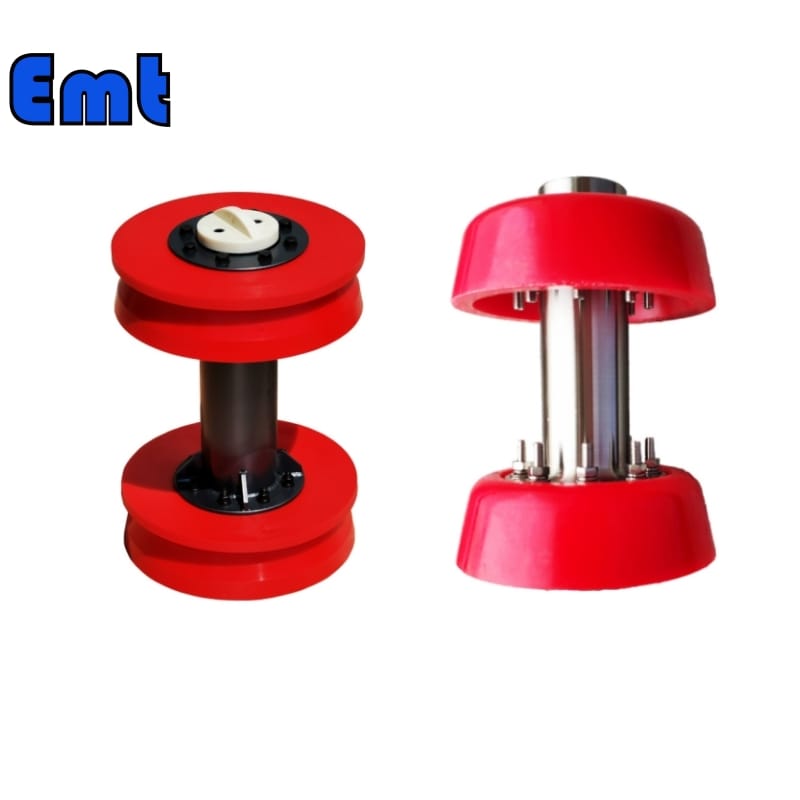
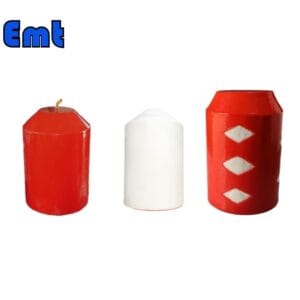
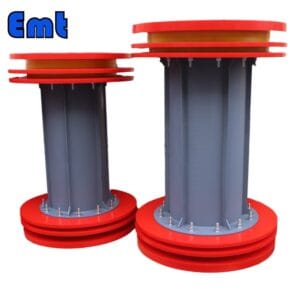
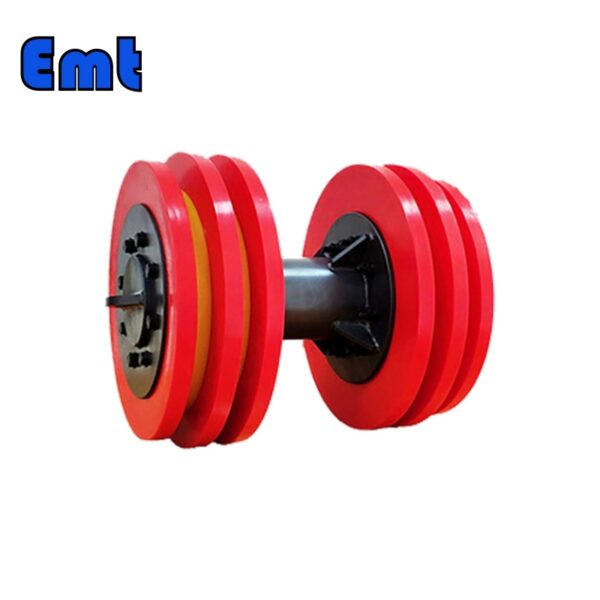

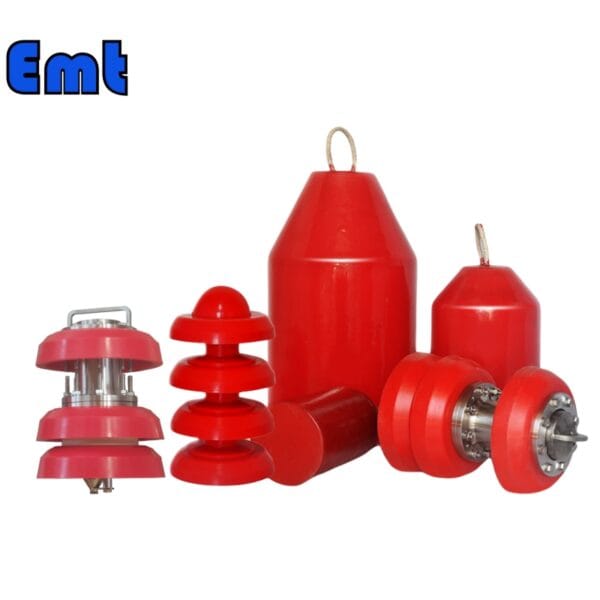
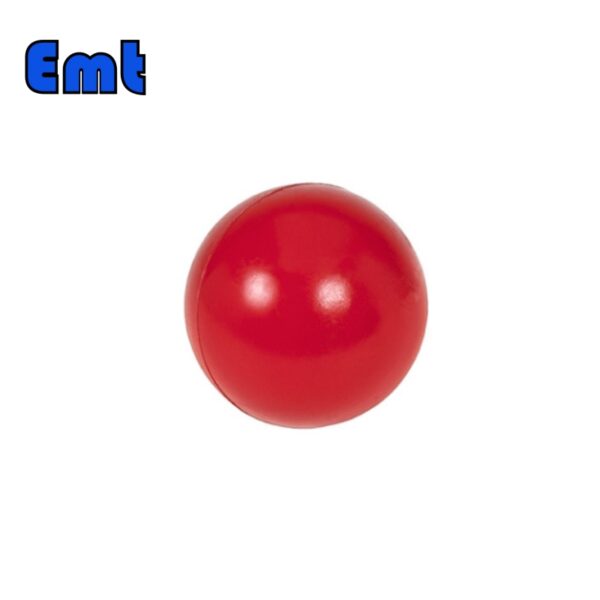
There are no reviews yet.